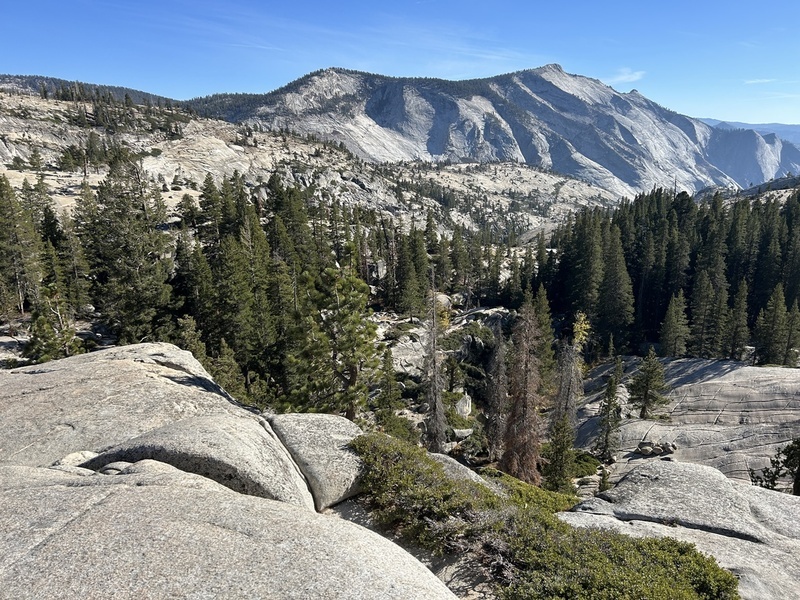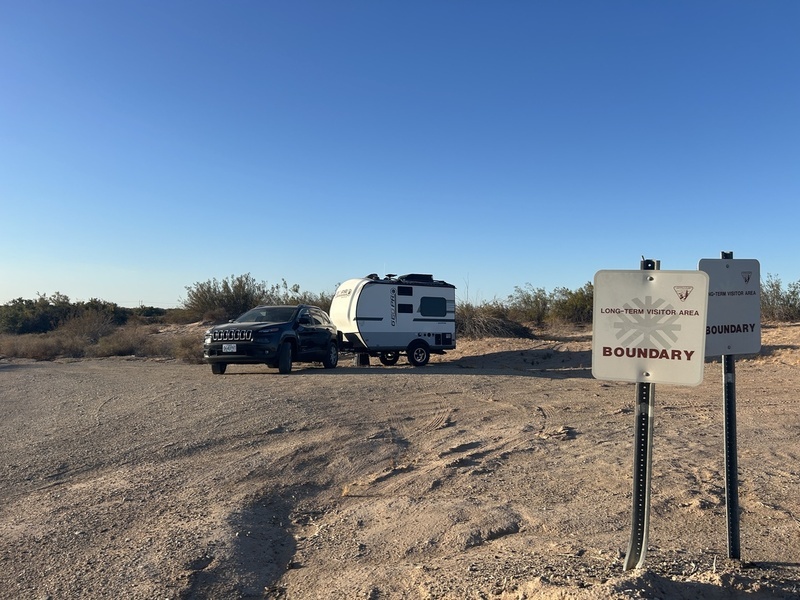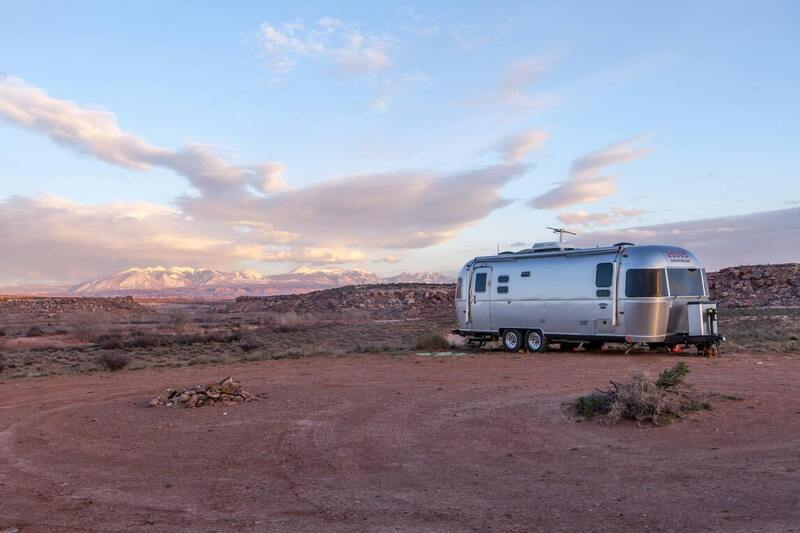Boondocking free dispersed camping. That’s a mouthful! And the term “boondocking” means different things to different people. Same with “free dispersed camping” that could be a large, open boondocking area, a remote dirt forest service road, or a free designated campground in a national forest. Tons of ways to free camp and lots of terms to describe it!
And what about the term “primitive roadside campsites” used by the folks at Big Bend National Park to indicate their dispersed camping areas that can accommodate rigs up to 30 ft? LOL. Lots of terms out there!
Related post: Big Bend National Park Free RV Camping
Why do I use the term Free RV Camping on Offbeat RV Travel?
I use the term “Free RV Camping” on this website and YouTube channel, etc. Why? Because I want to make it clear that areas that can accommodate RVs, and of course that are free — or maybe have a small fee like an LTVA area such as Imperial Sand Dunes Recreation Area — are the focus here.

It wasn’t to try and be special or unique, it was to try to be more clear and exact. RV travel apps can be confusing. People will highlight an area and not explain that the access road is impassable without a high-clearance rig, or that the camping spots are small, etc. It gets VERY frustrating very quickly when you are a new full-time RVer or new to an area and looking for places to boondock/free disperse camp.
I want folks who find their way to my little Offbeat RV Travel universe to have that stress and worry (and waste of time and money!) lessened. My information is curated by me and includes a video and photos of an area. Plus, I only feature spots with easy access for most RVs, cell service, and some amenities close by.
Boondocking can be expensive, isolating, and potentially unsafe
Those are the three main issues with boondocking that may make it not the greatest choice for some, IMHO. Many locations (awesome beautiful ones!) are in areas that have poor access roads, no cell service, and are far away from other humans. As a single traveling female I don’t like being isolated and always need cell service.
But for others those are the best things about boondocking! You just have to research and decide what’s right for you.

Why do I say boondocking can be expensive?
There are many reasons why boondocking may be more expensive than you think, even though it is free. Gas is one. Driving to areas outback in the wilderness is not cheap. And trips to get amenities can add to that cost, depending how setup for long-term camping you are with your rig, storage, solar setup etc.
The other reason is things you need to live comfortably. Many RVers that boondock full time have large rigs that are designed to be self-sufficient for extended periods of time. And they pay for the comforts of home away from home with fancy solar systems, generators, etc. Not everyone can easily afford that lifestyle.
Boondocking often is in areas with little to no cell service
Another consideration is whether you can afford a pricey satellite service such as Starlink or HughesNet. If you can then you won’t have issues getting online, working, watching movies, etc. in most areas unless there are trees that block signals.
For many others like myself having cell service for personal safety, entertainment, and to work is a must-have.
Boondocking may or may not be right for you, do a little research
The above info is just to point out a few things you may want to consider when you get excited to sell the house, buy a cool RV, and take off to travel around the U.S. boondocking. It’s a great lifestyle for some, not so much for others. Cheers.

